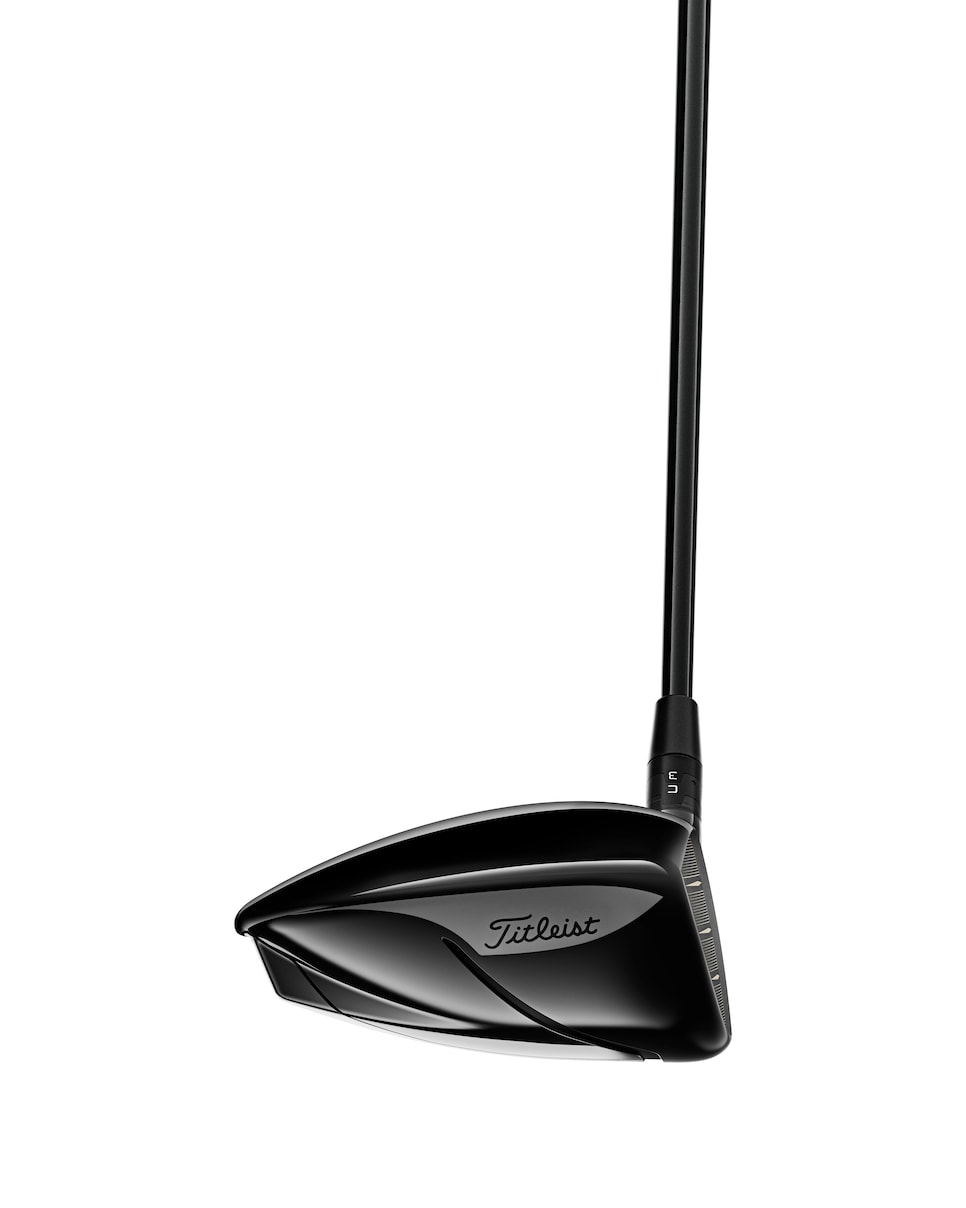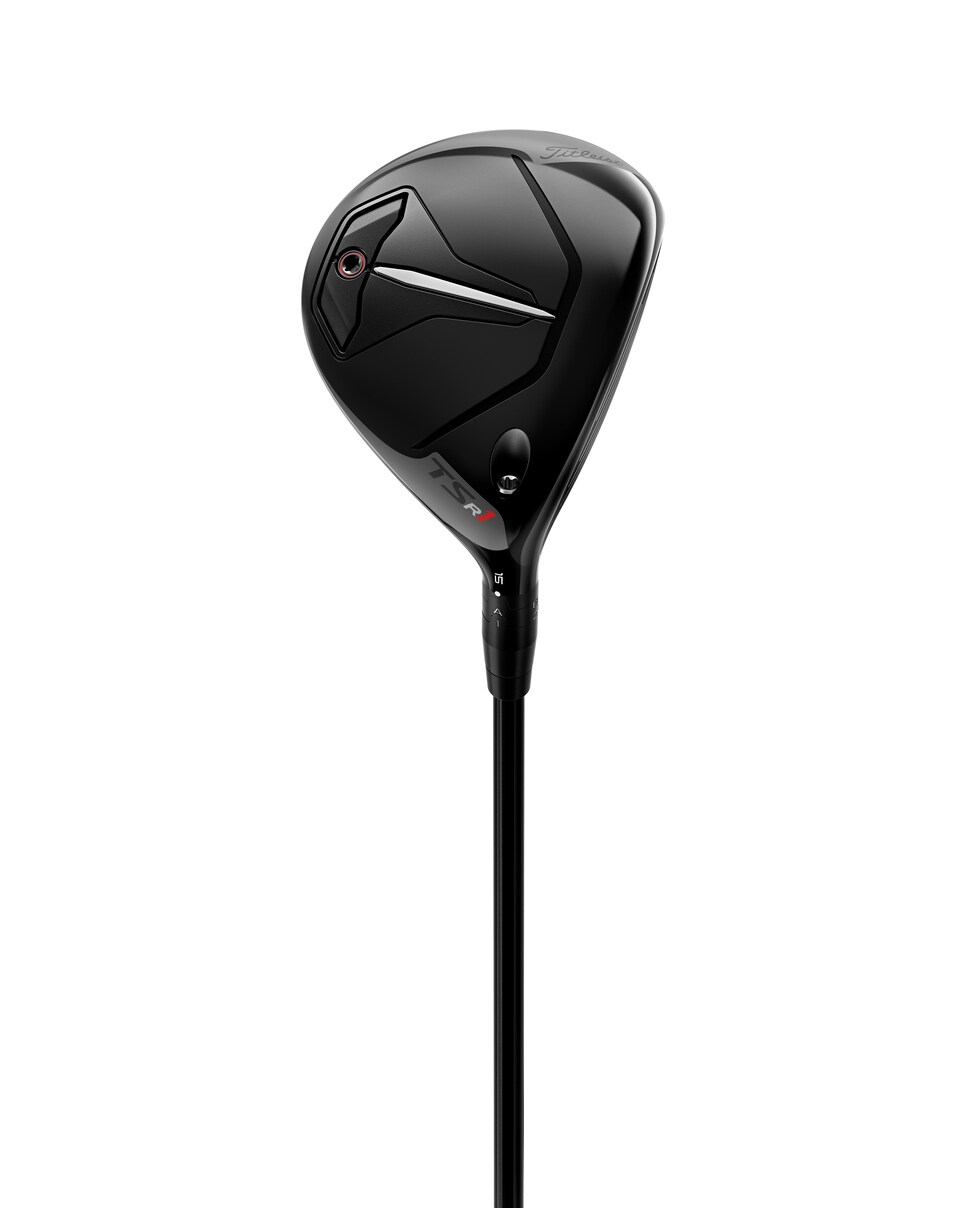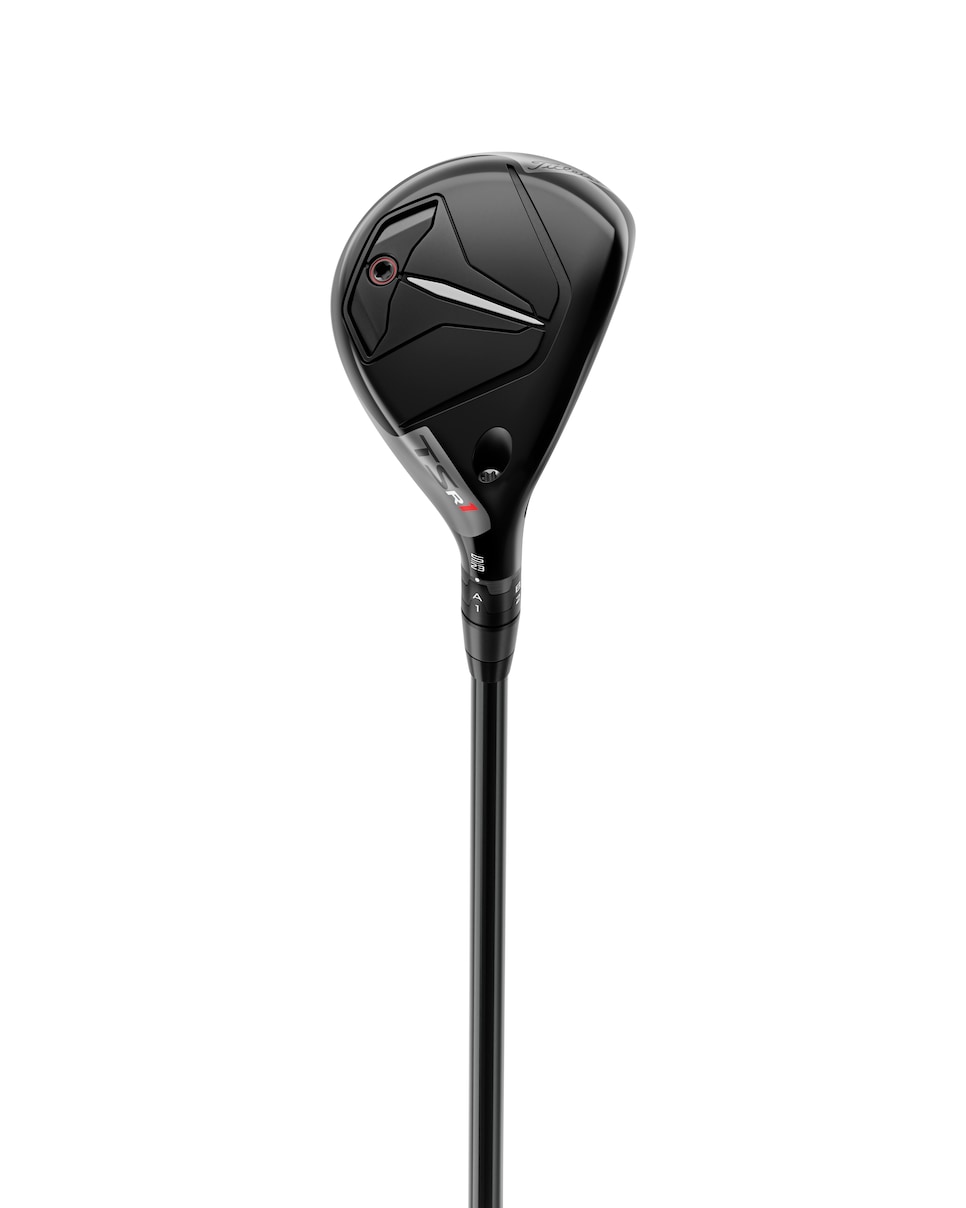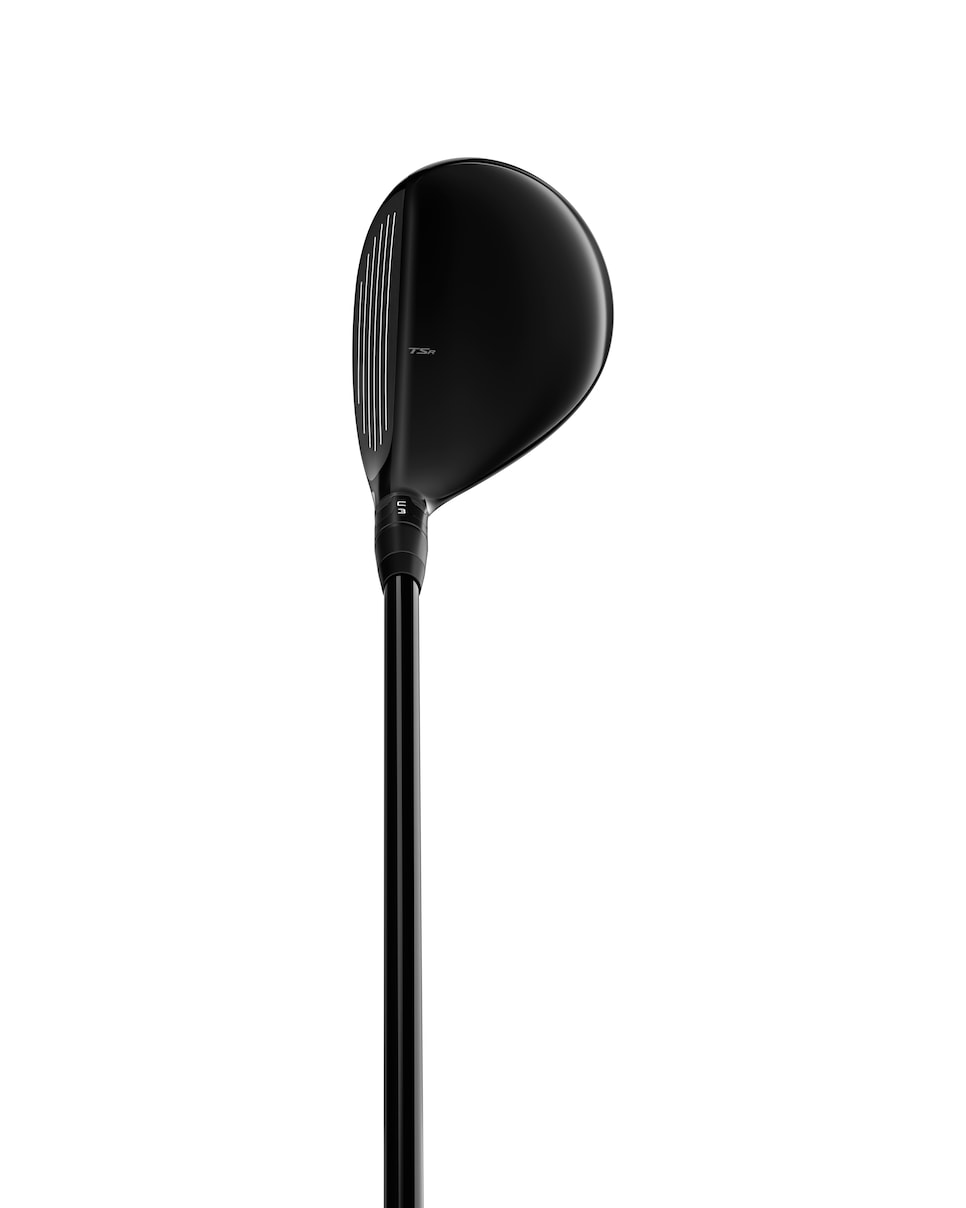WHAT YOU NEED TO KNOW: Titleist TSR1 lineup of metalwoods is the company’s latest versions of a lighter weight driver, fairway wood and hybrid with the driving purpose of creating easier launch through both head design and shaft weight. But while they clearly were designed with moderate swing speeds in mind, the company is finding some not-so-moderate swingers might want to consider these as an option, too.
A new way to #FindYourFaster.
Introducing NEW TSR1 metalwoods, completing the #TSR family with an option engineered for the moderate swing speed player to bring effortless speed, distance and high launch without sacrificing forgiveness, looks or feel: https://t.co/kozhLe5NVE pic.twitter.com/ftEWaBLIG5
— Titleist Australia-New Zealand (@titleist_anz) January 23, 2023
PRICE: (Driver) Australia: $949 | $1,279 (Premium), New Zealand: $1,049 | $1,399 (Premium); (Fairway): Australia: $569 | $899 (Premium), New Zealand: $629 | $999 (Premium); (Hybrid) Australia: $479 | $629 (Premium), New Zealand $539 | $709 (Premium). Available in golf shops from February 23.
3 COOL THINGS
1. The fastest driver in Titleist’s line is for the slowest swingers. No, really. The TSR1, the follow-up to the TSi1, continues the theme of serving the needs of players who swing less than 90 miles per hour with the driver.
The new TSR1 driver is about 40 grams lighter than the standard TSR2 driver, thanks to its lighter grip and 40-gram shaft. It uses a multi-thickness face design to provide better flexing on off-centre hits, as well.

While the main drivers in Titleist’s TSR lineup have touted improvements in shaping that led to aerodynamic efficiency, will the TSR1 be able to improve slower swingers in the same way? Well, yes and no, which in the end means a big yes.
“We’re able to give them the lowest drag shape,” said Stephanie Luttrell, Titleist’s director of metalwood development. “Now because they’re not moving the head through the air as quickly, their gains won’t be as high, but we’re hitting on all cylinders for this player trying to deliver and to turn the dials and the knobs to generate speed in every way we can for them.”
Luttrell said she sees in Titleist’s testing some players gaining 4-5 miles per hour in swing speed compared to the standard TSR2, but because the TSR1 head is eight grams lighter, the shots result in maybe only two miles per hour more ball speed. Still, more is more.
“That still ends up benefiting them, so it’s still better for that player” she said. “So it’s definitely an interesting product.”
Even moreso, while the TSR1’s aerodynamic shaping would lead to a driver that spun too much for a faster swinger (and thus wouldn’t fly as far) “for this player, a lot of the aerodynamic features in the head work to our benefit even more than they do for a higher speed player,” Luttrell said, saying that a slight increase in spin actually can help moderate swing speeds maximise their distance.

2. Light meets right. The TSR1 fairways and hybrids approach the lighter weight proposition more judiciously. In fact, both the fairway wood and hybrid are technically a little heavier than before, but the result hasn’t suffered (the TSR1 fairway wood is about 20 grams lighter than the current standard model, while its predecessor was closer to 50 grams lighter than the standard).
The main goal of these clubs is to get the ball in the air, and the larger size of both the TSR1 fairway wood and hybrid help by getting the centre of gravity much lower and farther back for higher launch and better off-centre his performance than the comparative models, said Tom Bennett, Titleist’s principal product manager for fairway woods and hybrids.
“We saw that one way to improve these was to add a little bit of weight to the head that can give me speed, a better centre of gravity and higher moment of inertia [stability on off-centre hits],” Bennett said, adding that by making slight weight changes to the shaft and grip, the swingweight remained at D-O and the combination of a lighter shaft and slightly heavier head helps the shaft provide more added kick for a higher launch.
“Not one of the players in our test said this version felt heavier.”

The TSR1 hybrid might be the most distinctive addition to the line. It’s taken on the shape of mini-fairway wood, uses a half-inch longer but softer fairway wood shaft but maintains the same swing weight.
That means more opportunity for higher launch with the same control players have with a hybrid. Bennett thinks the club itself also could be fit to some faster swing speed players.
“As this thing takes off, I think we’re going to learn a lot and have a lot of fun with it,” he said.

TSR1 hybrid
3. Is it for me? While the mantra for the TSi1 family is a focus on players with driver swing speeds under 90 miles per hour, that number might be too easily dismissed by average golfers. Fact is, according to Trackman, the average driver swing speed on the LPGA Tour is 94 miles per hour. The average male golfer swings at 93 miles per hour, and nearly third of all male golfers swing less than 90 miles per hour.
Meanwhile, the average 15-handicap female player’s swing speed is 79 miles per hour. (For perspective, the average handicap for a woman is nearly twice that, according to the USGA, and the majority of women golfers have a handicap between 20 and 30.)
Bottom line: If you’re not already driving it 230, maybe it’s worth talking to a qualified fitter and looking at some kind of a lightweight option for your metalwoods. The numbers on a launch monitor will tell the story.
